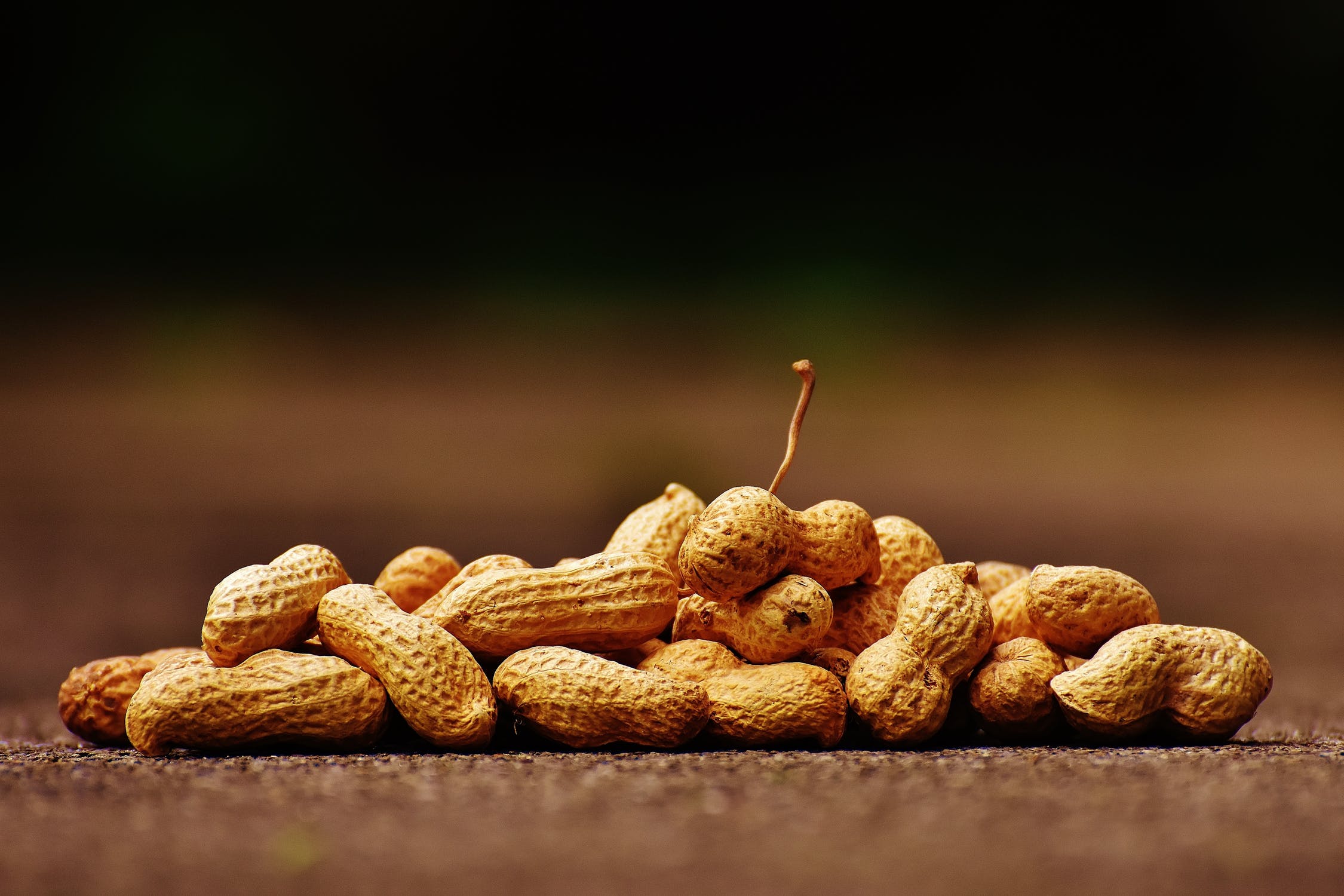Want to Lose Weight with Type 2 Diabetes? These 5 Tips Will Help
We all want to look and feel good but many people are frustrated when they continually try to lose weight and fail, despite their best efforts. Not only is weight gain at epidemic proportions but type 2 diabetes is as well. 73% of Americans are overweight/obese and 52% of Americans have pre-diabetes/diabetes.
Unfortunately, weight gain and type 2 diabetes often go hand-in-hand. What is so important to understand is that weight loss can normalize blood sugar.
Most know that being overweight or obese and having type 2 diabetes can increase the risk of diabetes-related complications. However, eating healthfully and exercising can reduce your risk simply by losing weight. Research shows that losing 33% of one’s weight can help reverse diabetes!
Importantly, many people believe they are making the correct choices and have no idea that these choices may inadvertently be leading to weight gain and/or type 2 diabetes.
So how does one know how to make healthy choices? It comes down to: knowledge and being aware of what actions you take each day. Once you have those two components, you are in control, not the other way around.
A diet that can help to promote weight loss and manage type 2 diabetes will normally include:
- -Veggies
- -Meats, poultry and fish
- -Protein-packed legumes such as peanuts or lentils
- -High fiber foods
- -Healthy fats
Here are 5 tips that will further promote weight loss and help protect and mitigate type 2 diabetes.

Drop The Sugar
Sugar is ubiquitous and in almost every packaged, processed product out there. Americans have become used to food being sweeter and the food manufacturers, who add this sugar to most products, know this.
Added sugars are strongly linked to the development of diabetes. Research shows that drinking just one sugar-sweetened beverage per day increases your risk by 13%, independent of any weight gain it may cause.
How does sugar increase the risk of weight gain and type 2 diabetes?
When you continue to eat sugar excessively, your fat, liver and muscle cells eventually do not respond correctly to insulin – the cells essentially ignore insulin. This is called insulin resistance. As a result, blood sugar does not get into these cells to be stored for energy. Sugar and insulin are then circulating throughout the body, creating potential health conditions down the road.
To stop sugar cravings, replace sugar with healthy foods, such as protein, healthy fats and healthy fibrous carbohydrates.

Strength Train
Strength training is an excellent tool to not only assist in fat loss but to help manage diabetes. Cardio is often recommended but what is vital is muscle strength.
Those who are doing cardio only are not reaping all the benefits that resistance training can offer. When you exercise with weights and other forms of resistance, it can be especially helpful for controlling blood sugar levels.
When you build muscle, you also increase insulin sensitivity, which improves blood sugar. This can equate to weight loss and lowered blood sugar.

Give Intermittent Fasting a Try
There’s a lot of buzz about fasting — that is, not eating for a period of time or cutting back drastically — for better health. There are many health and weight loss benefits that accompany fasting.
We naturally fast every night when we sleep, assuming we do not get up and eat when we should be sleeping. Extending this ‘fast’ as long as you wish helps reduce insulin and blood sugar, training your body to use its fat stores for fuel and not glucose. This can equate to weight loss and diabetes management for you.
In the beginning, many people like to delay their breakfast by one hour every few days or once weekly to easily train the body to go without eating. Ideally, getting to the 12 hour (or over) fasting mark is excellent for health and weight.

- Add Peanuts Every Day
Love peanuts? You are not alone!
Peanuts (actually a legume) and peanut butter are a staple in many homes and are a delicious and healthy tool to reduce weight and can also help those with type 2 diabetes.
Research shows that simply replacing just one serving of any processed refined food with one serving of peanuts will help with weight management. And, if you are one of the 30 million people living in the U.S. with type 2 diabetes, peanuts provide a low-cost option to keep your blood glucose under control.
Further, reducing carbohydrate intake improves a type 2 diabetic’s ability to regulate blood sugar. Peanuts are the perfect low-carb food to your eating plan.
Eating peanuts regularly may help you keep your weight in check, lose weight and optimize your health.
Peanuts can:
- Lower the risk of heart disease
- Promote weight loss
- Balance blood glucose levels
- Protect against type 2 diabetes
Peanuts deliver many of the same health benefits as tree nuts and are a less expensive alternative.
Peanuts can play a crucial part of your weight loss journey. They are a low-glycemic food, which means they do not have a significant effect on blood sugar levels after consumption. They also add protein, good fats and fiber, which all help slow blood sugar increases in the bloodstream. Instead of a “spike,” you’ll get a slower, steadier release—ideal for pre-diabetes and diabetes management.

Check out this new take on pesto sauce with this delicious Peanut and Basil Pesto that you can use as a sauce, spread, dip or with most every savory food such as meat, poultry, fish and veggies. Also, check out recipes and more from the Peanut Institute!

Stop Sitting, Get Moving
Movement is key to help optimize health and weight. Long periods of sitting, whether it’s due to a long meal with friends, busy workday or just extended time on the couch, can raise blood sugar and insulin. When both are chronically elevated, weight gain and type 2 diabetes can manifest.
When you move more every day, you will burn more calories. This can help you reach your weight-loss goal and keep the weight off. Even if you don’t lose weight, being more active may help you prevent or delay type 2 diabetes.
Try to sit less in your day by taking every opportunity to move every 30 minutes. Move more at work by getting up every 20 minutes, taking a walk during lunch time, choosing the stairs and delivering that email message in person.
Walk your dog and park further away from the store and, as always, take the stairs instead of the elevator or escalator.
Take every opportunity to purposely move your body throughout the day!
Implementing at least a few of these tips is going to not only help promote optimal health, but help you get leaner and manage Type 2 Diabetes in the process.





